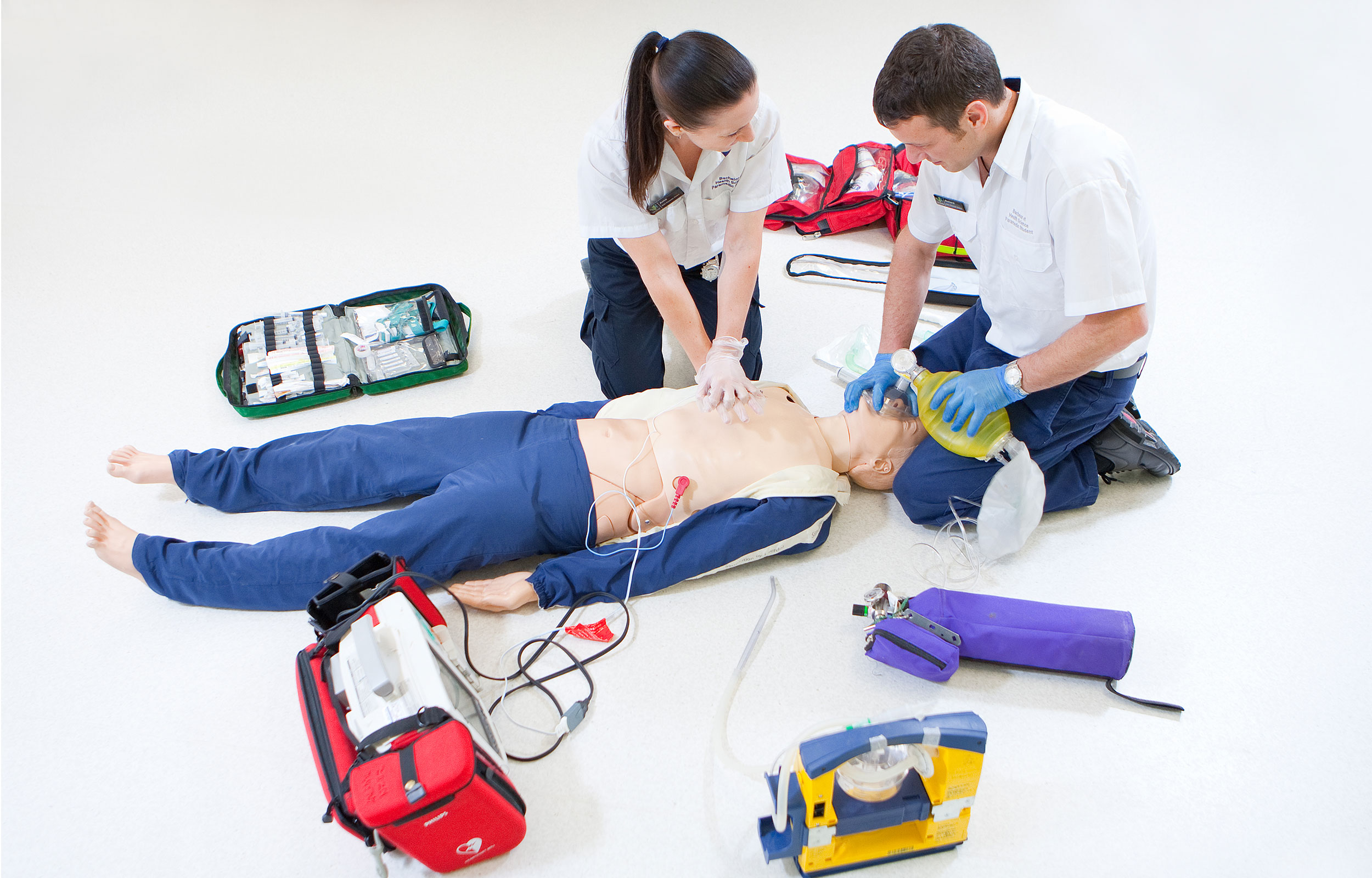Emergency medical services (EMS) is a vital and noble career, gives a rewarding career centered around saving lives and providing crucial care. You’re entering a field which has tremendous growth potential and there is a huge demand for skilled professionals. In this article, we’ll walk you through the steps required to become an EMT and paramedic. We’ll look at the many options for training, including DSHS certified EMS training courses.

Understanding the function of EMTs and Paramedics
Emergency Medical Technicians (EMTs) and paramedics are the first responders to offer immediate medical assistance in emergencies. They are trained in assessing patients, providing essential medical procedures and transporting patients securely to medical facilities to receive additional care. Paramedics, EMTs and other medical professionals play a vital role in stabilizing a patient in an emergency, making split second decisions and providing compassion to patients that are in need of help.
Step 1: Becoming EMT
In order to become an EMT you’ll have to successfully complete a range of educational and training courses. These can differ depending on the degree of certification you are aiming to obtain. Three levels of EMT certification are available:
1. EMT Basic (EMT B) EMT Basic (EMT B): This is a basic certification that needs between 100 and 150 hours of training. EMT-Bs learn about basic medical treatment, including CPR and blood management and airway management basics.
2. EMT-Intermediate is a level which requires more instruction. The amount of additional training needed varies from state to another. This level can be merged with EMT B in certain states however, it could require training of 200-400 hours. It also includes in-hospital treatment as well as expanded medical skills.
3. EMT-Paramedic is the most advanced level of EMT certification. It requires intense training, which lasts from 1,000 and 1,800 hours. Paramedics possess advanced expertise in medical procedures, such as the administration of medications, reading EKGs and managing airways.
Step 2: Pursuing Paramedic Certification:
You must pass your EMT B or EMT I level before becoming paramedic. Following that, you’ll be able to join a paramedic training program, which usually takes approximately one to two years complete. This program is comprehensive and will cover advanced medical concepts, and equip you with the skills and expertise to deal with critical scenarios by yourself.
Check out EMT possibilities for training:
You have the option of choosing among a number of EMT courses, depending on your level of certification. Community medical trade schools and colleges generally offer EMT training for all certification levels. The programs offer a mix of classroom education with hands-on instruction and practical experience on the field in clinical environments.
Universities and colleges offer EMT programs at the level of EMT/Paramedic in case you’re seeking an in-depth and comprehensive EMT program that can lead to the degree of a college. These programs will provide you with the most thorough understanding of emergency medicine, which will allow you to make better medical decisions as well as provide better care for patients.
Step 4: Make sure you have DSHS approved EMS training:
If you’re an aspiring paramedic or EMT, it is essential that the training program that you select be DSHS-approved. The Department of State Health Services (DSHS) approves EMS training courses to ensure that they have met the high standards of training and competence. By enrolling in a DSHS approved EMS training course, you can rest assured that you are receiving top-notch instruction and meeting the necessary requirements for certification.
Making the transition to EMT or paramedic is a highly rewarding and respected career choice. EMTs as well as paramedics and other emergency responders play an a vital roles in providing medical assistance and saving lives in times of emergency. To embark on this lifesaving journey, those who want to become EMTs and paramedics must complete the required education and training programs. People can choose from a wide range of EMT courses, based on the level of certification they want to attain. These include community colleges, medical schools as well as university-level courses.
While you are considering choices for training, it is essential to make sure that the EMS training course is DSHS accredited. You can rest assured that the course you attend is in compliance with all the requirements to obtain EMT or paramedic certification.
As the need for qualified emergency medical specialists increases, EMS provides a wealth of career opportunities as well the opportunity to positively impact the lives of those around you. You can start your career as an EMT or progress towards becoming a paramedic. Your commitment to providing critical medical care is rewarded with an exciting career.